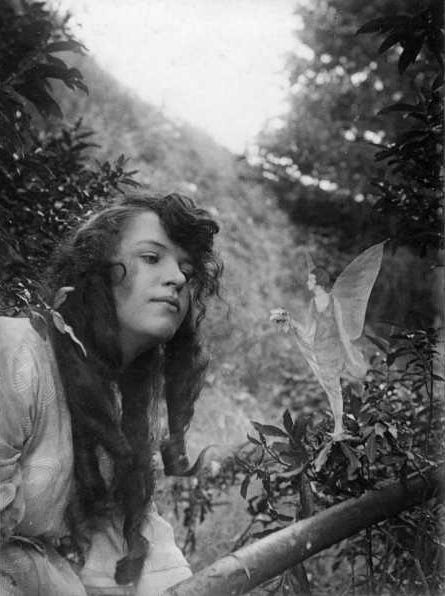Deception: Photographic Fakery
Credulousness
Dino A. Brugioni, Photo Fakery: the History and Technique of Photographic Deception and Manipulation, 1999, Chapter 1, “Photo Fakery Is Everywhere”:
The old adage “a picture is worth a thousand words” implied that the information contained in a photograph was inviolable. Photography has been seen as a medium of truth and unassailable accuracy and has been universally accepted as one of the most important means of communication. The potential of any medium depends on its credibility. Photography is graphically apparent and readily relatable and is taken primafacie as being the truth in court cases. Oliver Wendell Holmes, an amateur photographer and photo interpreter, stated that a photo serves as a “mirror with a memory.” We all have a tendency to accept all photographs as being true representations of what they depict. The adages “The camera never lies” or that the camera “reproduces reality” or “seeing is believing” add additional believability to the photo—that what is shown was recorded truthfully and faithfully.
Wikipedia, “Cottingley Fairies”:
The Cottingley Fairies appear in a series of five photographs taken by Elsie Wright (1901–1988) and Frances Griffiths (1907–1986), two young cousins who lived in Cottingley, near Bradford in England. In 1917, when the first two photographs were taken, Elsie was 16 years old and Frances was 9. The pictures came to the attention of writer Sir Arthur Conan Doyle, who used them to illustrate an article on fairies he had been commissioned to write for the Christmas 1920 edition of The Strand Magazine. Doyle was enthusiastic about the photographs, and interpreted them as clear and visible evidence of supernatural phenomena. Public reaction was mixed; some accepted the images as genuine, others believed that they had been faked. […]
In the early 1980s Elsie and Frances admitted that the photographs were faked, using cardboard cutouts of fairies copied from a popular children’s book of the time, but Frances maintained that the fifth and final photograph was genuine.
BBC.com, “Cottingley Fairies: How Sherlock Holmes’s creator was fooled by hoax”:
Speaking to the BBC in 1983, Frances Griffiths said: “I never even thought of it being a fraud. It was just Elsie and I having a bit of fun.
“I can’t understand to this day why people were taken in. They wanted to be taken in.
“People often say to me ‘Don’t you feel ashamed that you have made all these poor people look like fools? They believed in you.’ But I do not, because they wanted to believe.”

Performance
Here is Kraft’s reading of the episode from Chipps & Company’s 1999 series of readings from Leaving Small’s Hotel for LTV Studios:
See also:
Credulity versus Skepticism TG 889
Deception TG 91, TG 482; Information, Misinformation, Disinformation TG 585; Hoaxes TG 889



Dan, Everything that I’ve been posting on Substack is from previously published volumes. Albertine’s Overcoat is the most recent book, self-published. All the earlier conventionally-published volumes fell out of print. I regained the rights, and I’ve reissued them all in print and ebook formats. Thank you for reading my work. I’m grateful. Eric
Question for you? I've read six of your books (including Little Follies as one) and now I'm reading Albertine's Overcoat. Sometimes it's tricky telling where these pieces are coming from...I think this is from Leaving Small's Hotel even though I don't remember it after all these years. And are some of these posts newer things that are not in a published volume yet?